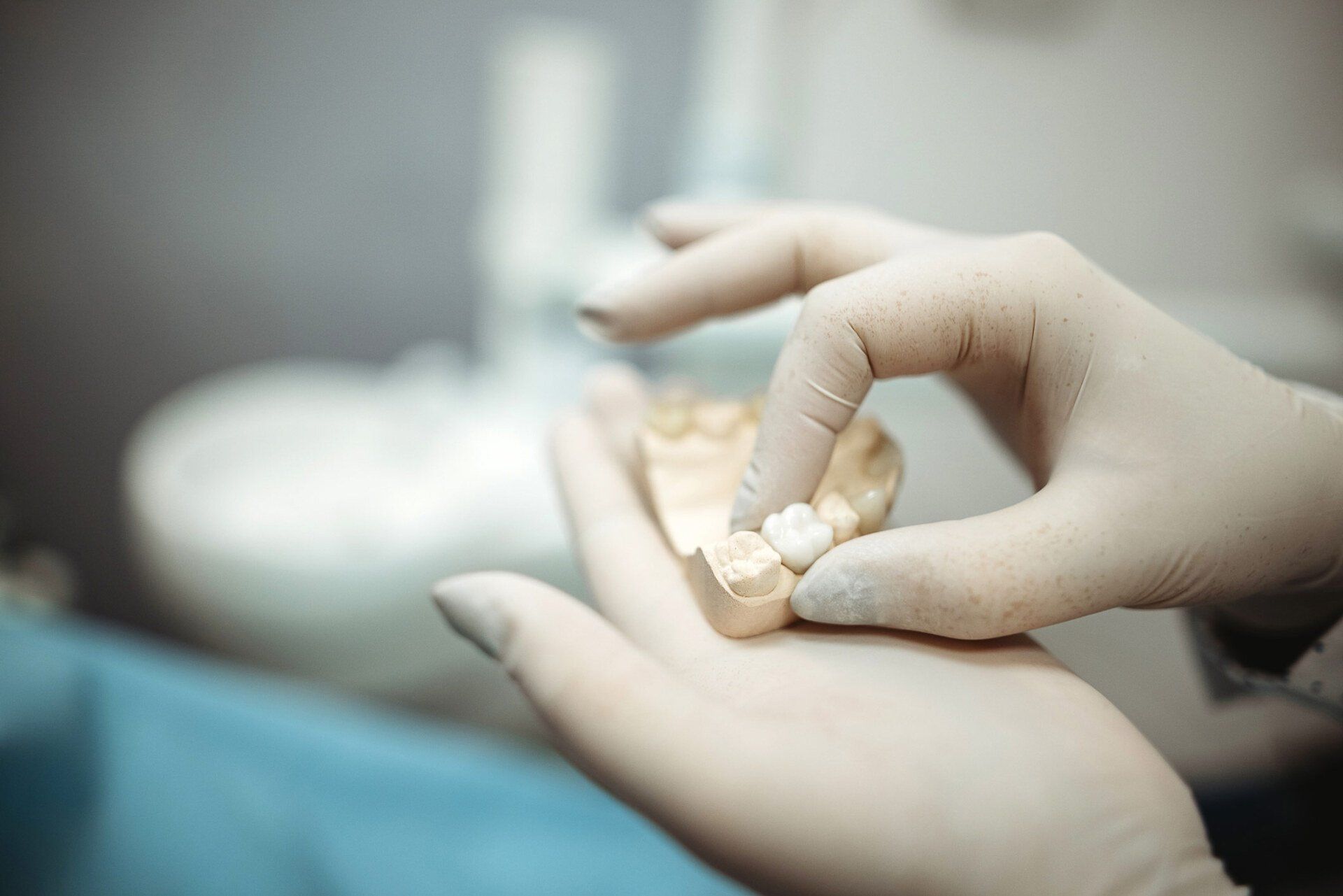Fluorosis in Kids: Causes & Prevention
Every parent looks forward to seeing their child grow and develop properly. And part of child development is seeing your child grow the first tooth and start dental care.
The excitement may push you to forget about the risks and causes of childhood dental diseases. But unfortunately, fluorosis is one of these problems that can occur if your child's teeth are over-exposed to fluoride. Keep reading to understand fluorosis in children, its causes, and prevention tips.
What Is Fluorosis?
Fluorosis is a dental problem that affects the enamel's appearance. This condition is most prevalent in children of eight years of age and below. Fluorosis is caused by excessive fluoride consumption during the time when teeth develop.
The symptoms of fluorosis vary from mild to severe. In mild cases, you may notice white streaks on your child's teeth. The sports are not easy to see unless you look keenly, are not painful, and do not affect your child's dental function.
On the other hand, severe cases of fluorosis may cause brown stains on your child's teeth. The enamel may also start to pit, leading to permanent teeth damage.
How Do You Prevent Fluorosis in Kids?
You can take some preventative measures to protect your child from fluorosis.
Breastfeed Exclusively
Medical experts recommend that you breastfeed your baby exclusively until you start to wean them at six months unless you are advised otherwise by a medical professional. Besides the nutritional benefits of breastmilk, breastfeeding goes a long way to protect your child's oral health.
First, some baby formulas may contain fluoride. Additionally, you may use water to mix the formula; if the water is not tested, it may have excessive fluoride. As such, when you breastfeed, you are preventing your child from fluoride exposure. But if you must use baby formula, read the labels to understand the fluoride content in each bottle.
Watch Your Child's Toothpaste Usage
Kids below six years have poor swallowing reflexes and may swallow any paste left in their mouth. Swallowing large amounts of fluoride can be dangerous and promote fluorosis.
When your baby is of the right age to brush their teeth, it is essential to monitor the amount of toothpaste they use. Children below three years should only use a tiny smear of toothpaste on their brush, while children between three and eight years old can use a pea-sized drop of paste.
Other than regulating your child's toothpaste usage, be present to supervise them when they are brushing and remind your child to spit out the toothpaste after brushing.
Wait to Introduce Mouthwash
Mouthwashes are not recommended for children below the age of six. Again, due to the child's poor swallowing reflex, your child will likely swallow a large amount of the mouthwash, which can cause fluorosis.
Test Your Water
If you use tap water to brush your child's teeth, it is vital to test the fluoride content in the water. You can purchase a testing kit from home improvement stores or use a lab for more accurate results. If the water has excessive fluoride levels (greater than 2mg/L), consider using filtered water for brushing and drinking.
Book Regular Dental Cleaning Appointments
Don't wait until your child shows signs of dental diseases like fluorosis to rush to the dentist. Instead, take your child for regular dental appointments and checkups.
During the checkups, your dentist will spot early signs of fluorosis and take steps to prevent it from worsening. The dentist will also clean your child's teeth to eliminate discolorations. But, most importantly, the specialist will teach you the right way to care for your child's teeth.
You can trust us at New England Dental Health Services PC for quality dental care. We understand the importance of preventive care and hope to help protect your child's teeth from fluorosis. Contact us for a consultation.







